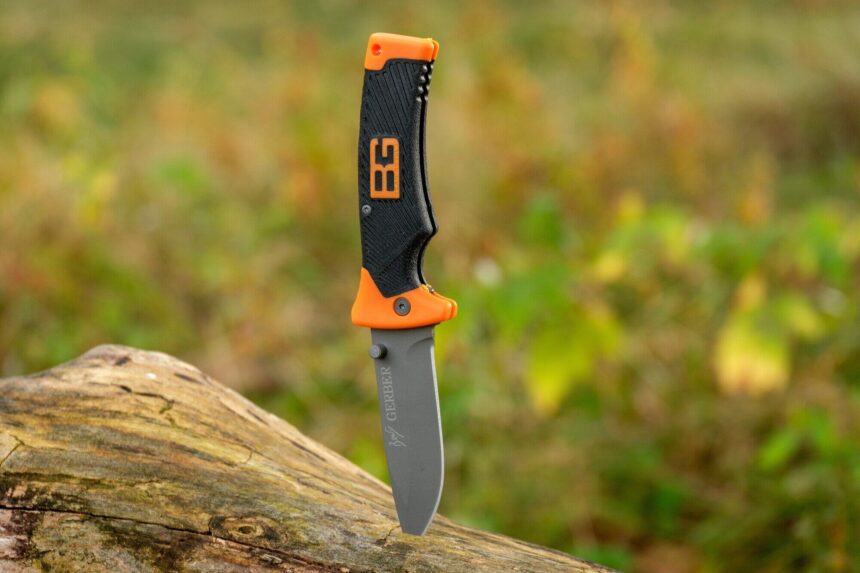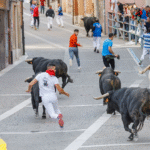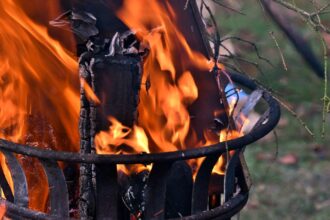The right knife can make all the difference in the kitchen and outdoors. Whether you’re skinning a freshly caught fish, filleting a piece of meat, or boning a chicken, having the right tools in hand can significantly reduce stress during preparation.
Let’s dive into the world of knives that are perfect for these tasks, ensuring you enjoy every moment of cooking.
The Importance of Choosing the Right Knife
When you step into the kitchen or head out for a camping trip, your knife is one of the essential tools you’ll rely on. A quality knife not only enhances the experience but also affects the outcome of your meal.
Imagine trying to fillet a fish with a dull blade; it becomes frustrating and time-consuming. On the other hand, a sharpened knife designed for specific tasks can make the experience enjoyable.
Knives for Skinning: What to Look For
Skinning involves removing the skin from an animal or fish, and the right knife for this job can help you do it quickly and efficiently. Skinning knives generally have a curved blade that allows for a smooth motion when used.
Look for a knife that feels comfortable in your hand, as this will help you maintain control and accuracy. A good skinning knife often has a blade length of around four to five inches, providing the perfect balance between maneuverability and cutting power.
Filleting Knives: The Best Choice for Perfect Cuts
Filleting knives are specifically designed for removing the flesh from bones. These knives have long, flexible blades that can glide along bones and through the flesh, making your job easier.
When looking for the best fillet knife, consider the blade material-stainless steel is a popular choice for its durability and resistance to rust. A filleting knife that is around seven to nine inches long provides both leverage and precision.
Boning Knives: Perfect for Meat Preparation
Boning knives are essential when it comes to preparing meat and poultry. These knives typically have a thin, flexible blade that allows you to separate meat from bone with ease.
The blade length ranges from five to seven inches and should be sharp enough to glide through meat without tearing it. A well-designed boning knife can make your cooking process smoother, reducing that feeling of stress when preparing your favorite dish.
Proper Knife Care: Keeping Your Tools Sharp
To ensure that your skinning, filleting, and boning knives perform at their best, proper care is crucial. Always clean your knives with warm, soapy water immediately after use to prevent rusting and maintain hygiene.
Regularly honing your blades keeps them sharp, while occasional professional sharpening will restore their original edge. A well-maintained knife will improve your cooking experience and safety.
Using Knives Safely in the Kitchen
Safety in the kitchen is paramount, especially when working with sharp knives. Always use a cutting board to help stabilize whatever you are cutting.
If you are a beginner or teaching children, it’s important to practice safe knife handling. Always cut away from your body, and never rush the process; take your time to enjoy the experience of preparing food.
Your Adventure Awaits!
Now that you understand the different types of knives and how they can enhance your experience, why not venture into the kitchen or take your tools to the great outdoors? Whether you are skinning a trout in the wild or filleting dinner at home, having the right knives will make all the difference in your culinary adventures.
Equip yourself properly, enjoy the process, and let your creativity shine!
Visit our website and read more.















